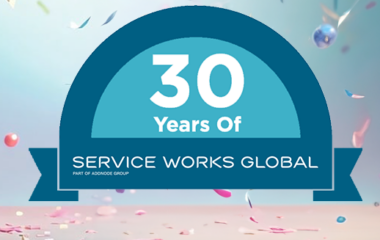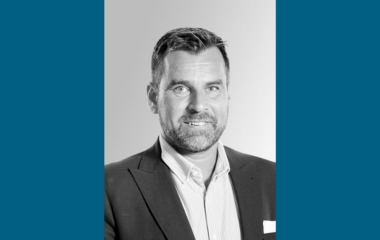SWG’s CEO Gary Watkins is published by Healthcare Design & Management, discussing how asset registers can help healthcare estates teams improve the management of facilities work and therefore providing a better patient care experience.
An asset register at its basic level is a list of assets and equipment which is usually kept in a Computer-Aided Facilities Management (CAFM) system, or possibly in Word or Excel, or even on paper – though this is not recommended.
It will contain details such as the location, make, model, and condition of each asset to help an organisation ascertain what it owns or leases, find out where that asset resides, and who is responsible for it.
Using a CAFM system to create and store your asset register is extremely effective as it can be easily and securely accessed and updated by all relevant staff, with a full audit trail of changes to support compliance.
Efficient estates support patient wellbeing
An accurate, up-to-date asset register is especially important to have within a healthcare facility.
It helps to ensure that the estate remains well managed and at a high standard.
Linking asset data to planned maintenance regimes and reactive work also provides a centralised repository for all maintenance activity, ensuring busy healthcare sites can offer optimum levels of patient care.
When healthcare facilities are maintained this way, service efficiency improves, meaning hospital staff are free to dedicate as much time and resource as possible to contributing to the quality of life and wellbeing of their patients.
In one of the NHS’s largest Public Finance Initiative (PFI) projects, the development of the Peterborough Hospital delivered three NHS trusts with state-of-the-art facilities designed to meet a wide range of healthcare needs.
And the new hospital saw the integration of a CAFM system, in part to deliver the effective management of assets.
By introducing asset register technology to these healthcare estates, the trust was able to centralise the management of facilities operations within the building.
When healthcare facilities are maintained this way, service efficiency improves, meaning hospital staff are free to dedicate as much time and resource as possible to contributing to the quality of life and wellbeing of their patients.
Supporting your estate priorities
The paramount aspect of an asset register is that it can be set up and tailored to your needs.
For the context of healthcare management, creating an asset register that includes information about not just building systems, for heating and air conditioning units, but also specialist medical equipment and technology, can offer significant benefits.
Data can be identified based upon its location, for example floors or wards of a hospital, or by site if you are dealing with different specialism locations. This way, you can easily access asset information for the item or machine you need to check or update.
At the Royal Hospital for Neuro-disability, technology was used to transfer data from a disordered Excel sheet to an integrated CAFM system.
And, within the first six months, there was a 30% improvement in workflow and performance.
The use of the asset register meant operatives could access information such as warranties and condition reports more easily, meaning tasks were completed quicker and more efficiently.
This allows healthcare professionals to provide better, more-efficient care to their patients due to the improved maintenance.
You can also add additional data such as warranty dates, installation data, supplier details, or emergency contacts associated to that piece of machinery.
Healthcare environments can be stress inducing enough as it is.
By having a simple way to access asset information if anything goes wrong, it will help reduce the risk of further difficulties.
Asset tagging to support compliance
In addition, tagging different pieces of equipment with RFID barcodes will help bring efficiencies and greater operational benefits.
Operatives can scan the barcodes with their CAFM app on a smartphone or tablet device to view asset details such as user manuals and maintenance history.
At one of Australia’s largest hospitals, asset tagging was introduced to keep track of all the assets in the building.
The integration of an asset register within healthcare estates management can provide a wealth of improvements and opportunities, with the integration of CAFM technology providing a simple-yet-effective system for storing such data.
The identity and details of the asset are sent from the software to the tag-tracking system, so when it is scanned, all relevant information about the asset can be accessed with ease, as well as aiding maintenance admin.
As well as assets being categorised using equipment group and model, you can also create asset groups to improve planned preventative maintenance (PPM) scheduling.
PPMs can be assigned to virtually any asset, such as all the heart rate monitors in the building for compliance and efficiency checks, or one area (for example, an operating theatre or treatment room) to create a scheduled service for cleaning and hygiene checks.
This way, PPMs can be assigned more easily to operatives, and it ensures each asset within that group is checked and signed off.
At Peterborough Hospital, the centralised asset management register was used to control maintenance requests via a centralised facilities helpdesk across all sites, allowing staff to in any location to log jobs when necessary. This helped reduce machinery downtime and provide a more-efficient service to patients.
The integration of an asset register within healthcare estates management can provide a wealth of improvements and opportunities, with the integration of CAFM technology providing a simple-yet-effective system for storing such data.
By designing an asset register to suit your estate’s needs, the higher productivity of facilities work will aid in improving patient care.
 UK
UK






